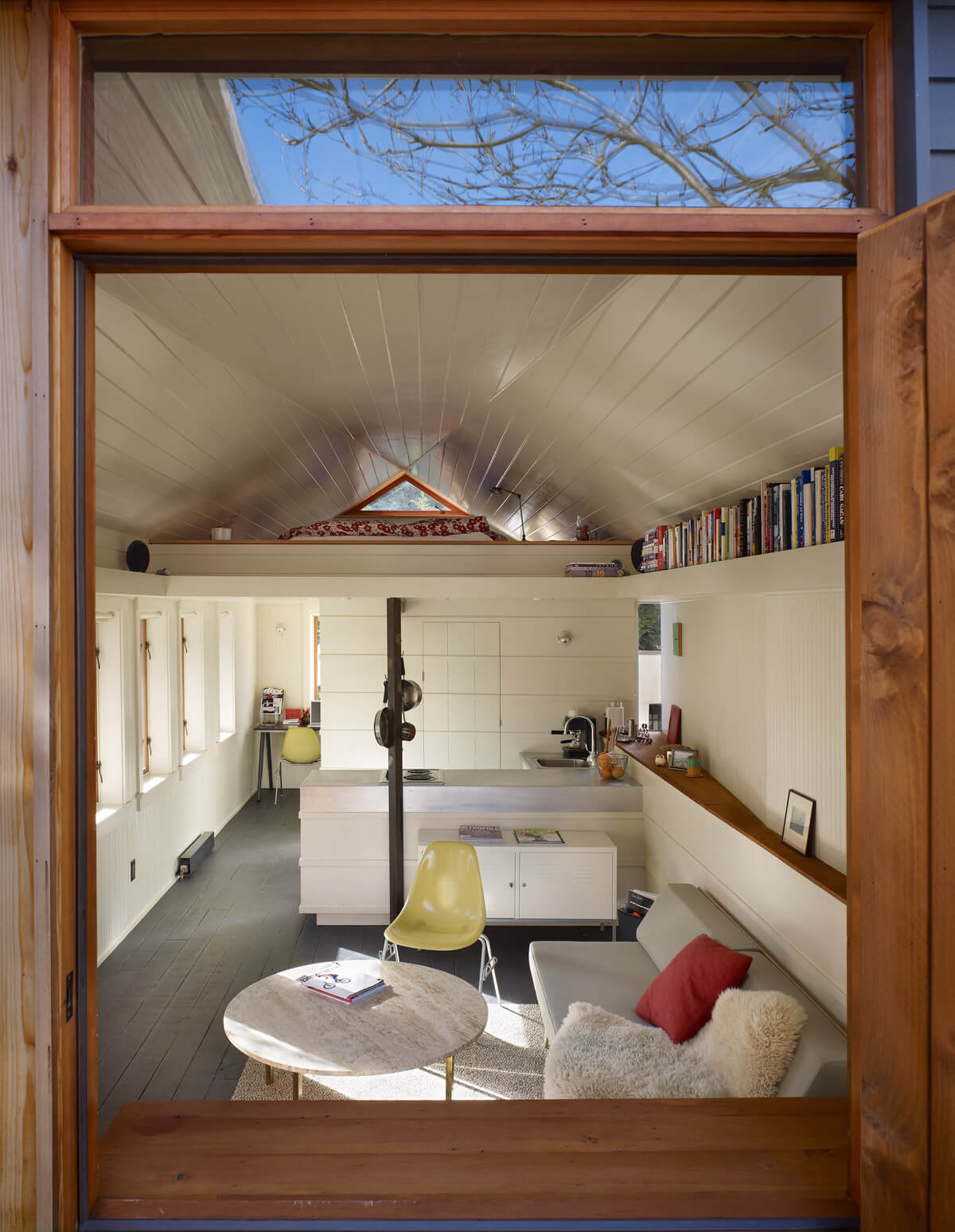
Garage shelves for storage bins are not only practical, they are also a great way to add beauty and charm to your garage. There are many styles and materials available for you to choose from. Some shelving styles can be adjusted, while others are wall-mounted. They are simple to assemble, and can be tailored to your needs. A great choice for garages is wooden shelves. They are eco-friendly and can be shaped to your specifications.
Metal or wood are the most common materials for freestanding units. But, it is possible to purchase simple and affordable shelving kits without the need for tools. A shelving unit, regardless of what material you use will give you a stable work surface and easy maintenance.
Seville Classics wire shelving may be the right choice for you if quality and affordability are your top priorities. This product is lightweight, durable, and has 36-inch shelves. It can carry up to 4,000 lbs.

The Bin Warehouse Shelving Unit is another popular option. This unit allows for convenient vertical storage. This unit is affordable at less than $200. To give you more flexibility, hook-and bars shelving can be added to the rack to accommodate your changing storage needs.
For an even more customizable option, consider building your own shelving. You'll love how creative you can be with these simple, yet elegant, designs. Additionally, wooden shelves can be refinished to make them more personal. Your imagination will help you create the perfect shelving system for your garage.
Building wooden garage shelves is a wonderful way to bring beauty and elegance to your space. The shelves will not only look great, but they will also provide a safe and reliable storage space for your tools and other supplies. You can even make your own shelves from wood!
Wood is a naturally renewable material, which is unlike plastic. It is durable and can withstand any weather. It will need far less maintenance than a steel shelf. You can keep it in your garage because it is naturally anti-microbial.

Another good option is the Amazon Basics 4-Shelf Storage Shelving Unit. This affordable system can be used to create a wall in your basement storage or any other place you need it.
Corner shelf units are a cost-effective and convenient way to store your paints, tools, and other supplies. You can make corner shelving units with scrap materials to save money and still have enough space. Corner shelves are quick and simple to assemble.
Finally, if you need a heavy-duty shelf, you may wish to invest in a stainless steel wall shelf. These shelves are high-quality and will outlast you. They are less likely to be damaged than metal and plastic shelves.
FAQ
How much does it cost to gut and renovate a kitchen completely?
You might wonder how much it would be to remodel your home if you have been considering the idea.
The average kitchen renovation cost is between $10,000-$15,000. There are ways to save on your kitchen remodel while still improving the space's look and feel.
You can cut down on costs by planning ahead. This includes choosing a style and color scheme that suits your lifestyle and finances.
Hiring an experienced contractor is another way of cutting costs. An experienced tradesman is familiar with all aspects of construction and will not waste time trying to figure out the best way to accomplish a task.
You should consider whether to replace or keep existing appliances. Kitchen remodeling projects can cost thousands more if you replace appliances.
In addition, you might decide to buy used appliances instead of new ones. You can save money by buying used appliances.
Finally, you can save money by shopping around for materials and fixtures. Special events like Cyber Monday and Black Friday often offer discounts at many stores.
Is $30000 sufficient for a kitchen remodeling project?
Depending on your budget, a kitchen renovation could cost you anywhere from $15000 to $35000. Expect to spend over $20,000. For a complete kitchen renovation. A complete kitchen remodel will cost more than $20,000. However, updating appliances, replacing countertops, or adding lighting can be done for under $3000.
A full-scale renovation typically costs between $12,000 and $25,000 on average. There are many ways to save money and not compromise on quality. For example, you can install a new sink instead of replacing an old one, which costs approximately $1000. You can even buy used appliances for half of the price of new.
Kitchen renovations take longer than other types of projects, so plan accordingly. It is not a good idea to begin work in your kitchen and realize that you will run out of time.
Your best bet is to get started early. Start by looking at different options and getting quotes from contractors. Then narrow down your choices based on price, quality, and availability.
After you have found potential contractors, get estimates and compare prices. It's not always the best option to go with the lowest price. It is important that you find someone with comparable work experience to provide an estimate.
When calculating the final cost, remember to add all extras. These may include additional labor, material charges, permits, etc. Be realistic about what you can afford and stick to your budget.
If you're unhappy with any of the bids, be honest. Tell the contractor why you don't like the initial quote and offer another chance. Don't let pride stand in the way of saving money.
What should you do with your cabinets?
It depends on whether you're considering selling your home or renting it out. If you're planning to sell, you'll probably want to remove and refinish the cabinets. This gives buyers a feeling of newness and allows them to visualize their kitchens when they move in.
If you are looking to rent your house, it is best to leave the cabinets as-is. Renters often complain about dealing with dirty dishes and greasy fingerprints left behind by previous tenants.
You can also consider painting the cabinets to make them look newer. Just remember to use a high-quality primer and paint. Low-quality paints may crack over time.
How long does it typically take to renovate a bathroom?
A bathroom remodel typically takes around two weeks. This can vary depending on how large the job is. Some jobs, such installing a vanity and adding a shower stall, can take only a couple of days. Larger projects like removing walls and installing tile floors or plumbing fixtures can take many days.
A good rule of thumb is to allow three days per room. This means that if there are four bathrooms, you will need 12 days.
What order should you renovate your house?
First, the roof. The second, the plumbing. The electrical wiring is third. Fourth, walls. Fifth, the floors. Sixth, windows. Seventh, the doors. Eighth is the kitchen. Ninth, bathrooms. Tenth is the garage.
After all the above, you are now ready for the attic.
You might consider hiring someone who is skilled in renovating your house. Renovating your own house takes time, effort, and patience. And it will take money too. Don't be discouraged if you don’t feel up to the task.
Renovations aren't cheap, but they can save you tons of money in the long run. Beautiful homes make life more enjoyable.
How much would it be to renovate a house vs. what it would cost you to build one from scratch?
A home gutting involves the removal of all interior items, including walls, floors ceilings, plumbing and electrical wiring, fixtures, appliances, and fixtures. Gutting is done when you want to make some modifications before moving in. The cost of gutting a home can be quite expensive due to the complexity involved. Depending on what job you do, the average cost for gutting a house is $10,000 to $20,000
Building a home means that a builder constructs a house piece by piece, then adds windows, doors, cabinets and countertops to it. This is often done after purchasing lots of land. Building a home is typically cheaper than renovating, and usually costs between $15,000-30,000.
When it comes down to it, it depends on what you want to do with the space. You'll need to spend more if you plan to gut your home. You don't need to take everything apart or redo everything if you are building a home. You can design it yourself, rather than waiting for someone else.
Statistics
- About 33 percent of people report renovating their primary bedroom to increase livability and overall function. (rocketmortgage.com)
- Following the effects of COVID-19, homeowners spent 48% less on their renovation costs than before the pandemic 1 2 (rocketmortgage.com)
- 57%Low-end average cost: $26,214Additional home value: $18,927Return on investment: (rocketmortgage.com)
- 55%Universal average cost: $38,813Additional home value: $22,475Return on investment: 58%Mid-range average cost: $24,424Additional home value: $14,671Return on investment: (rocketmortgage.com)
- According to a survey of renovations in the top 50 U.S. metro cities by Houzz, people spend $15,000 on average per renovation project. (rocketmortgage.com)
External Links
How To
How to remove tile grout from floor tiles
Most people don’t realize they use tile grouting. It seals the joints between tiles. There are many different types of grout today. Each has its own purpose. This article will teach you how to remove tile grout off floor tiles.
-
Before you begin, make sure you have everything you need. A grout cutter, grout scraper and some rags are all essential.
-
Now you must clean any dirt or debris under the tile. To remove grout, use the grout cutter and gently scrape any pieces. Take care not to damage the tiles.
-
After cleaning everything, take out the grout scraper. Use it to clean up any grout left behind. If no grout is left over, you can proceed to step 4.
-
Now you can get on with the next step. You can now take one of the rags, and soak it in some water. The rag should be completely dampened. You can wring the rag out if it has become wet. This will ensure that any water remains in the rag.
-
Place the wet paper towel at the joint of the tile and wall. Keep the rag in place until the grout starts to separate. Slowly pull down on the rag until it is pulled towards you. Continue pulling it backwards and forwards until all the grout has been removed.
-
Continue with steps 4 through 5, until the grout is completely removed. Rinse the ragout and repeat the process if necessary.
-
Once you have finished removing all the grout, wipe down the surface of the tiles with a damp cloth. Let dry thoroughly.